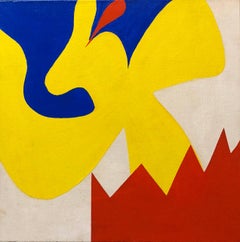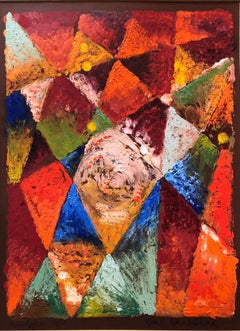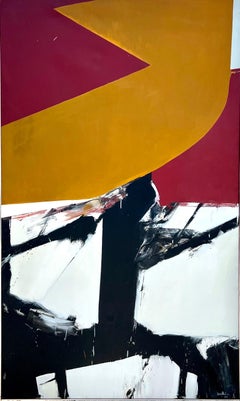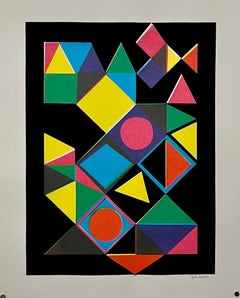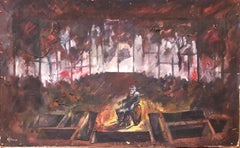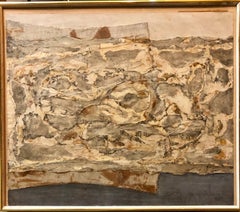Lions Gallery Art
1960s Abstract Abstract Paintings
Canvas, Synthetic Resin, Acrylic
1960s Abstract Abstract Paintings
Paper, Oil, Monotype
1960s Abstract Expressionist Abstract Paintings
Paint
1960s Abstract Prints
Lithograph, Screen
1960s Surrealist Figurative Paintings
Oil, Panel
1960s Mixed Media
Mixed Media
1960s Folk Art Figurative Paintings
Canvas, Oil
1960s Pop Art Figurative Prints
Screen
1960s Pop Art Figurative Prints
Screen
1960s Abstract Expressionist Landscape Paintings
Oil, Wood Panel
1960s Abstract Expressionist Landscape Paintings
Oil, Wood Panel
1960s Abstract Expressionist Animal Paintings
Oil, Wood Panel, Graphite
1960s Abstract Expressionist Landscape Paintings
Wood Panel, Oil
1960s Abstract Expressionist Landscape Paintings
Wood Panel, Oil
1960s Abstract Expressionist Landscape Paintings
Oil, Wood Panel
1960s Abstract Expressionist Landscape Paintings
Wood Panel, Oil
1960s Modern Figurative Paintings
Paper, Acrylic
1960s Folk Art Sculptures
Stone, Metal
1960s Folk Art Sculptures
Stone, Metal
1960s Modern Mixed Media
Mixed Media, Board
1960s Abstract Expressionist Abstract Paintings
Oil
1960s Modern Landscape Paintings
Canvas, Oil
1960s Abstract Expressionist Mixed Media
Oil Pastel, Mixed Media, Watercolor
1960s Post-Impressionist Still-life Paintings
Canvas, Oil
1960s Modern Figurative Paintings
Oil, Board
1960s Abstract Expressionist Mixed Media
Mixed Media
1960s Modern Mixed Media
Paint, Paper, Ink, Mixed Media
1960s Surrealist Abstract Paintings
Canvas, Oil
1960s Folk Art Figurative Paintings
Oil, Board
1960s Post-Impressionist Figurative Paintings
Canvas, Oil
1960s Op Art Mixed Media
Silk, Paper, Mixed Media
1960s Abstract Abstract Sculptures
Stainless Steel
1960s Modern Abstract Paintings
Mixed Media, Oil
1960s Modern Landscape Prints
Woodcut
1960s Surrealist Figurative Paintings
Oil, Panel
1960s Surrealist Figurative Paintings
Oil, Panel
1960s Modern Black and White Photography
Silver Gelatin
1960s Surrealist Figurative Paintings
Oil, Panel
1960s Surrealist Figurative Paintings
Oil, Panel
1960s Abstract Sculptures
Stone, Bronze
1960s Modern Abstract Sculptures
Bronze
1960s Abstract Expressionist Abstract Prints
Lithograph
1960s Abstract Expressionist Abstract Prints
Lithograph
1960s Abstract Expressionist Abstract Prints
Lithograph
1960s Abstract Expressionist Abstract Prints
Lithograph
1960s Abstract Expressionist Abstract Prints
Lithograph
1960s Abstract Expressionist Abstract Prints
Lithograph
1960s Modern Still-life Paintings
Gouache, Paper
1960s Abstract Expressionist Abstract Paintings
Paper, Watercolor
1960s Abstract Expressionist Abstract Paintings
Oil, Board
1960s Expressionist Abstract Paintings
Mixed Media, Paint
1960s Surrealist Abstract Prints
Lithograph
1960s Pop Art Abstract Prints
Screen
1960s Pop Art Abstract Prints
Screen
1960s Pop Art Abstract Prints
Screen
1960s Pop Art Abstract Prints
Screen
1960s American Realist Black and White Photography
Black and White, Silver Gelatin
1960s Black and White Photography
Silver Gelatin
1960s Surrealist Figurative Sculptures
Bronze
1960s Pop Art Figurative Prints
Screen
